Video: A synchrotron rescues an ancient warship
Updated: 2012-10-31 00:00:00
 It’s a story of archeology, chemistry and physics coming together to preserve an artifact unlike any other—a story made possible by light sources, accelerator-based machines that produce exceptionally intense beams of X-rays.
Nearly 500 years ago, the flagship of Henry VIII’s navy, the Mary Rose, sank outside of Portsmouth while maneuvering to engage the French fleet. Raised from the bottom of the Atlantic in 1985, the Mary Rose is now an important historical object.
It’s a story of archeology, chemistry and physics coming together to preserve an artifact unlike any other—a story made possible by light sources, accelerator-based machines that produce exceptionally intense beams of X-rays.
Nearly 500 years ago, the flagship of Henry VIII’s navy, the Mary Rose, sank outside of Portsmouth while maneuvering to engage the French fleet. Raised from the bottom of the Atlantic in 1985, the Mary Rose is now an important historical object.
 On July 4, scientists around the world popped open champagne bottles and toasted the culmination of nearly five decades of research. They had discovered a new particle, one that looked awfully similar to the long-sought Higgs boson.
The Higgs boson has for decades been the last missing piece of the Standard Model of particle physics. But even if the new particle completes the puzzle, some of its pieces still refuse to fit.
On July 4, scientists around the world popped open champagne bottles and toasted the culmination of nearly five decades of research. They had discovered a new particle, one that looked awfully similar to the long-sought Higgs boson.
The Higgs boson has for decades been the last missing piece of the Standard Model of particle physics. But even if the new particle completes the puzzle, some of its pieces still refuse to fit. In Wim Leemans’ lab at Lawrence Berkeley National Laboratory sits one of the world’s most advanced R&D accelerators. By pushing electrons forward on the crest of plasma waves, the accelerator is capable of accelerating electron bunches from an energy of 0 to 1 billion electronvolts in just 3 centimeters. But, until now, Leemans and his team were unable to quantify exactly how uniform that acceleration was within a bunch of electrons. This measurement is especially important for one of the most promising applications of plasma accelerators: free-electron lasers.
In Wim Leemans’ lab at Lawrence Berkeley National Laboratory sits one of the world’s most advanced R&D accelerators. By pushing electrons forward on the crest of plasma waves, the accelerator is capable of accelerating electron bunches from an energy of 0 to 1 billion electronvolts in just 3 centimeters. But, until now, Leemans and his team were unable to quantify exactly how uniform that acceleration was within a bunch of electrons. This measurement is especially important for one of the most promising applications of plasma accelerators: free-electron lasers.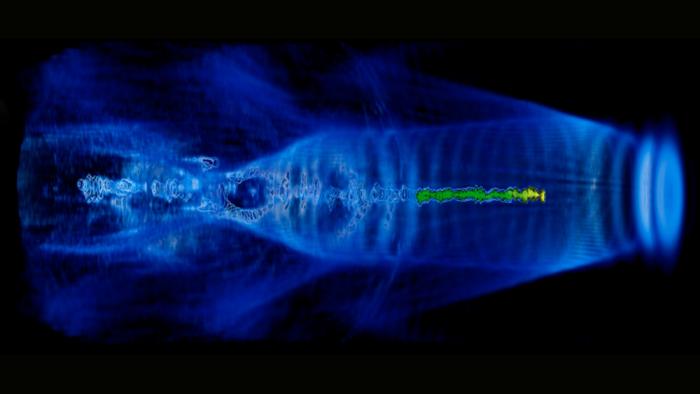 Seeking less costly, more efficient means of particle acceleration, physicists are developing new types of machines that zip particles to high energies in short distances. One promising method harnesses the power of plasma, accelerating electron bunches on the crest of plasma waves. Physicists recently discovered a way to measure the focus of such a beam, despite the fact that the plasma would melt traditional diagnostic tools.
Seeking less costly, more efficient means of particle acceleration, physicists are developing new types of machines that zip particles to high energies in short distances. One promising method harnesses the power of plasma, accelerating electron bunches on the crest of plasma waves. Physicists recently discovered a way to measure the focus of such a beam, despite the fact that the plasma would melt traditional diagnostic tools.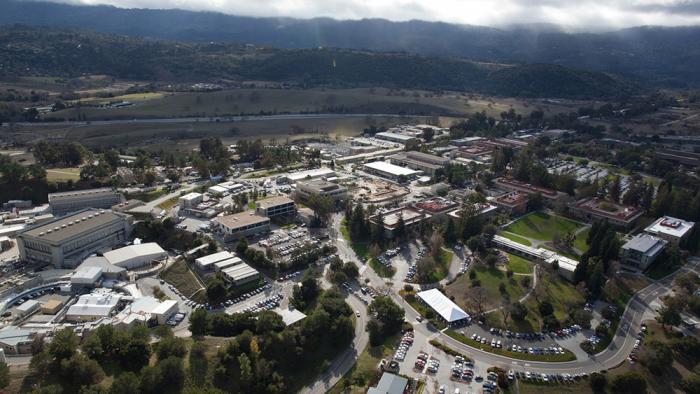 SLAC has a new director: X-ray scientist Chi-Chang Kao. Kao currently serves as Associate Laboratory Director for SLAC's Stanford Synchrotron Radiation Lightsource and Acting Associate Laboratory Director for the lab's Photon Science directorate. He will assume the directorship on November 1.
SLAC has a new director: X-ray scientist Chi-Chang Kao. Kao currently serves as Associate Laboratory Director for SLAC's Stanford Synchrotron Radiation Lightsource and Acting Associate Laboratory Director for the lab's Photon Science directorate. He will assume the directorship on November 1. Gravitational waves were first predicted by Albert Einstein almost a century ago, but scientists have yet to observe them directly.
Gravitational waves were first predicted by Albert Einstein almost a century ago, but scientists have yet to observe them directly.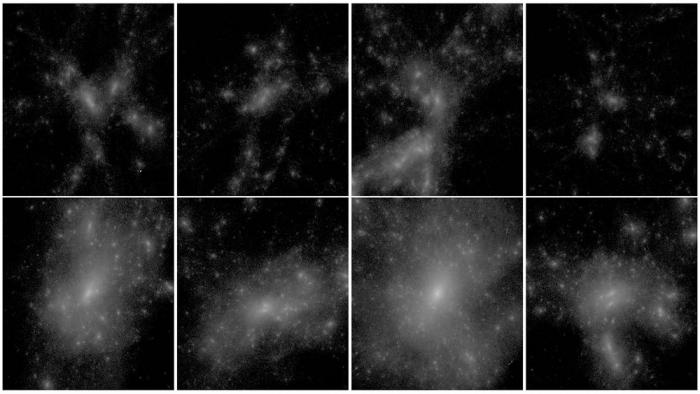 Scientists from the groups of professors Risa Wechsler and Tom Abel at the Kavli Institute for Particle Astrophysics and Cosmology, an institute run jointly by Stanford University and SLAC National Accelerator Laboratory, are busily crafting enough computer simulation tools to outfit a major stadium tour—if simulations were musical instruments and the KIPAC scientists a supergroup. They’ve managed to meld their different strains of software into the type of melody that dark matter just might dance to.
Scientists from the groups of professors Risa Wechsler and Tom Abel at the Kavli Institute for Particle Astrophysics and Cosmology, an institute run jointly by Stanford University and SLAC National Accelerator Laboratory, are busily crafting enough computer simulation tools to outfit a major stadium tour—if simulations were musical instruments and the KIPAC scientists a supergroup. They’ve managed to meld their different strains of software into the type of melody that dark matter just might dance to.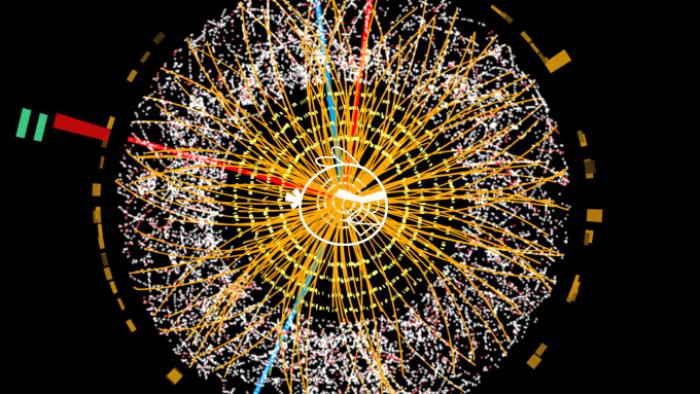 CERN and Angry Birds-creator Rovio announced last Friday that they will team up to produce a learning program for children between 3 and 8 years old.
The partnership will focus on the Angry Birds Playground brand, which is designed to make learning about physics fun and accessible for all ages. It is based on Finland’s national kindergarten curriculum.
CERN and Angry Birds-creator Rovio announced last Friday that they will team up to produce a learning program for children between 3 and 8 years old.
The partnership will focus on the Angry Birds Playground brand, which is designed to make learning about physics fun and accessible for all ages. It is based on Finland’s national kindergarten curriculum. Anyone in the world with a computer can contribute to research at CERN. Through the LHC@Home project, volunteers can offer up spare computing power to simulate and process collisions happening inside the Large Hadron Collider.
CERN recently improved the program with a new feature that helps scientists monitor the system that distributes work among volunteers’ computers. But the new feature is not the work of a CERN employee; it is the work of a college undergraduate who had the chance to work with CERN through the 2012 Google Summer of Code.
Anyone in the world with a computer can contribute to research at CERN. Through the LHC@Home project, volunteers can offer up spare computing power to simulate and process collisions happening inside the Large Hadron Collider.
CERN recently improved the program with a new feature that helps scientists monitor the system that distributes work among volunteers’ computers. But the new feature is not the work of a CERN employee; it is the work of a college undergraduate who had the chance to work with CERN through the 2012 Google Summer of Code.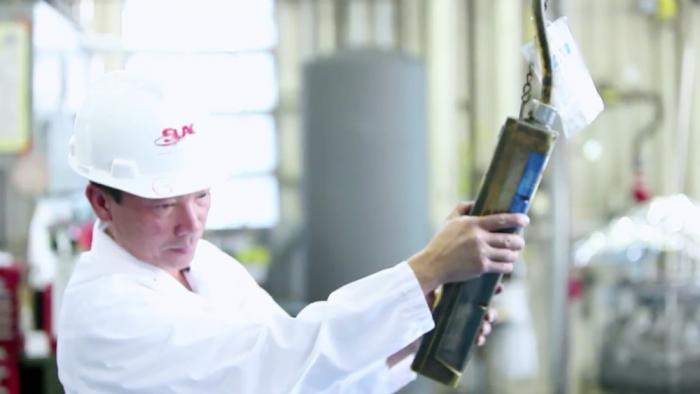 Every year, particle accelerators play an essential role in scientific discovery, industry and even medicine. But what does it take to make an accelerator run? This video, produced by SLAC National Accelerator Laboratory, takes you into the department that builds klystrons, the devices that propel particles to nearly the speed of light within SLAC’s accelerators.
Every year, particle accelerators play an essential role in scientific discovery, industry and even medicine. But what does it take to make an accelerator run? This video, produced by SLAC National Accelerator Laboratory, takes you into the department that builds klystrons, the devices that propel particles to nearly the speed of light within SLAC’s accelerators. 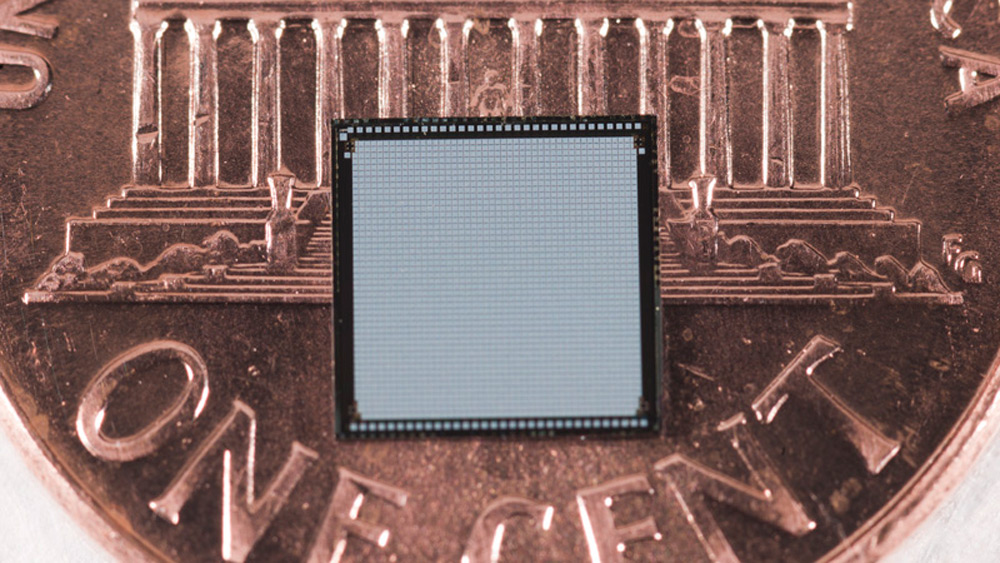 Particle detectors are the eyes of physicists, peering closely into particle events to help us understand the basic laws of nature.
To develop the kind of sight needed to view the complex particle events of future experiments, researchers are transforming detection technology by developing new, intelligent detectors. They are pushing past the limits of two-dimensional chips, the current technology, by adding to them another dimension. The three-dimensional integrated chip, or 3DIC, will be key for future detectors.
Particle detectors are the eyes of physicists, peering closely into particle events to help us understand the basic laws of nature.
To develop the kind of sight needed to view the complex particle events of future experiments, researchers are transforming detection technology by developing new, intelligent detectors. They are pushing past the limits of two-dimensional chips, the current technology, by adding to them another dimension. The three-dimensional integrated chip, or 3DIC, will be key for future detectors.